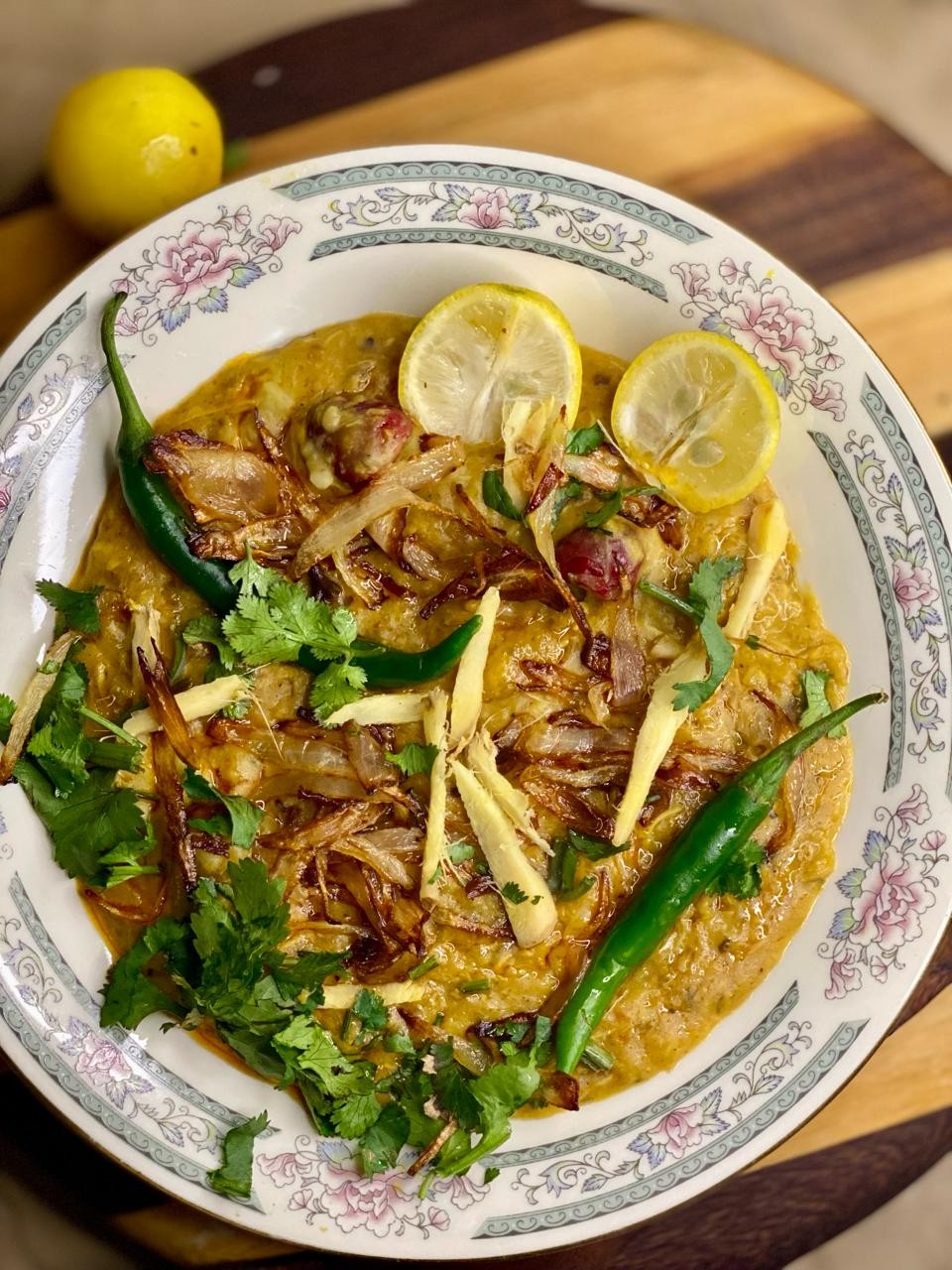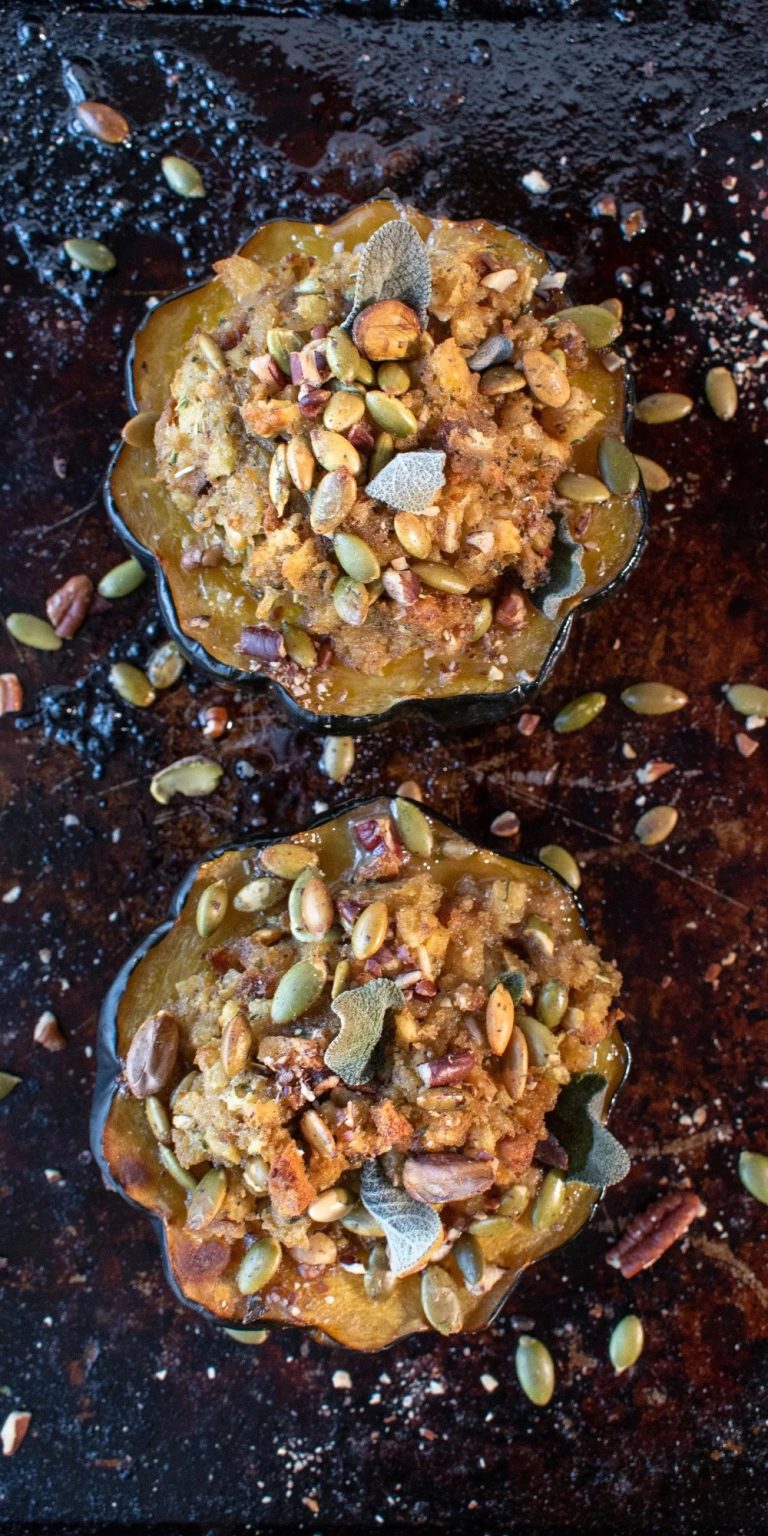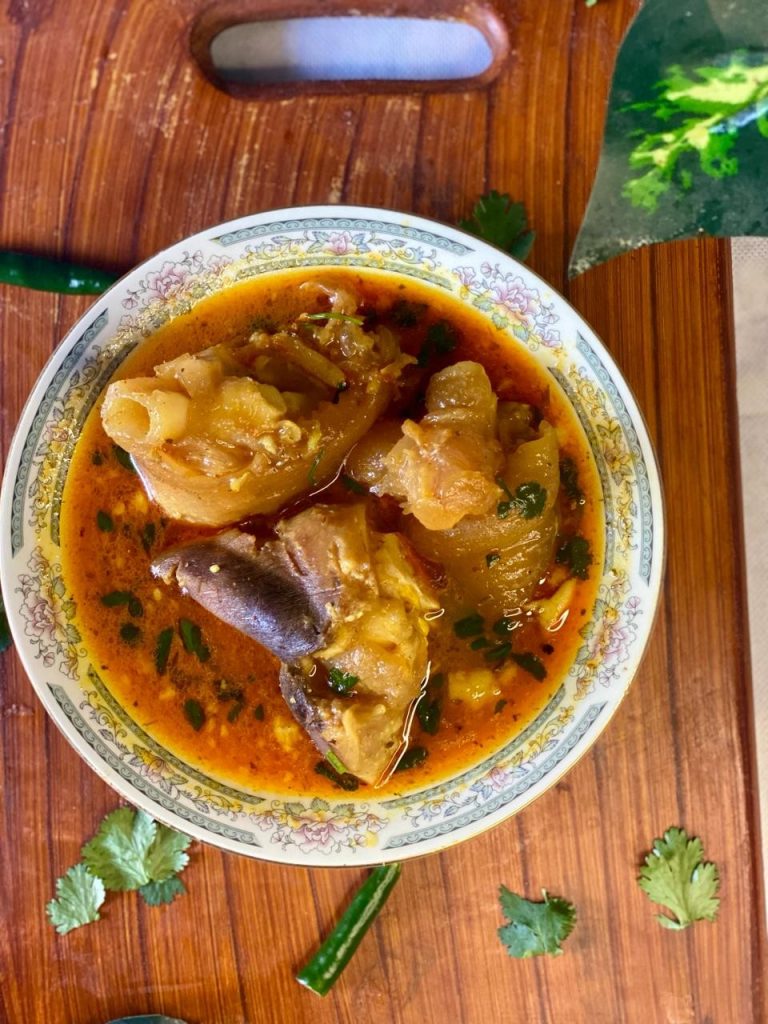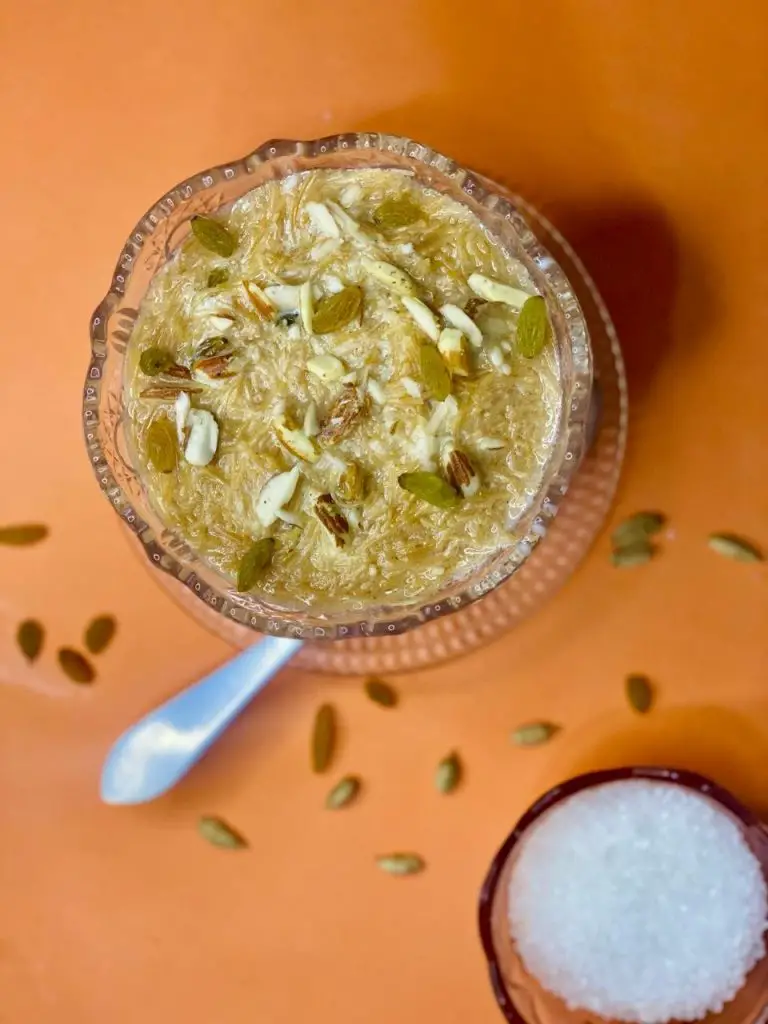Haleem Recipe | Delicious Hyderabadi Haleem
Haleem, also known as Daleem, is a unique culinary delight that combines lentils with a harmonious blend of flavors, aromas, and textures. This traditional medley from Pakistan and India boasts an impressive nutritional profile and is often served with roti or chapati to make a satisfying meal. In fact, Haleem occupies a special place in the cultural heritage of the subcontinent, where it’s cherished as a treasured tradition.For me, there’s no substitute for Haleem – I relish its distinct flavor and aroma every month without fail. While some might opt for modern shortcuts like instant pot recipes, I firmly believe that traditional Haleem deserves the time and effort required to bring out its true essence. Unlike quick-fix recipes, Haleem demands attention, care, and patience, as well as a few extra ingredients to elevate its flavor profile.After countless attempts at perfecting this recipe, I’ve discovered a few secret steps that take it from good to great. By following the recipe with dedication and precision, you’ll be rewarded with an unforgettable culinary experience.
Why You Will Like This Haleem Recipe?
This comforting porridge-like curry is a harmonious blend of various lentils, providing a nourishing and soul-soothing experience. The added touch of golden onions elevates the flavor, making it a truly satisfying dish. The use of ground lentils (daals) gives the curry a rich and luscious texture, while cooking it for an extended period on the stovetop results in a soft and thick consistency that’s easy to digest.
nThe Haleem recipe boasts impressive nutritional credentials, with lentils (Daals) being an excellent source of protein and fiber. This means that when you enjoy this dish as a complete meal, there’s no need for additional appetizers or accompaniments. The gentle effect it has on the stomach makes it an ideal choice for those seeking a soothing and easy-to-digest culinary experience.
More About Haleem And Its Taste?

Haleem is an ancient Arab culinary delight that has been cherished by Caliphs and kings for centuries. This iconic dish bears striking similarities to Harees, an old recipe mentioned in the 10th-century cookbook ‘Kitab Al-Tabikh’ by Sayyar al-Warraq. As a testament to its enduring popularity, Haleem gained widespread acclaim during the Mughals era in the 17th century, and today it remains a staple of Ramadan celebrations in Indian cities like Hyderabad. When savored after Iftar, this comforting porridge stew proves especially soothing for the stomach. Unlike recipes like chicken korma or salan, Haleem boasts a rich, thick consistency that makes it all the more appealing. And yet, its true claim to fame lies in the depth and nuance of its flavors, which strike a perfect balance on the palate.
How To Prepare Homemade Haleem Spice?
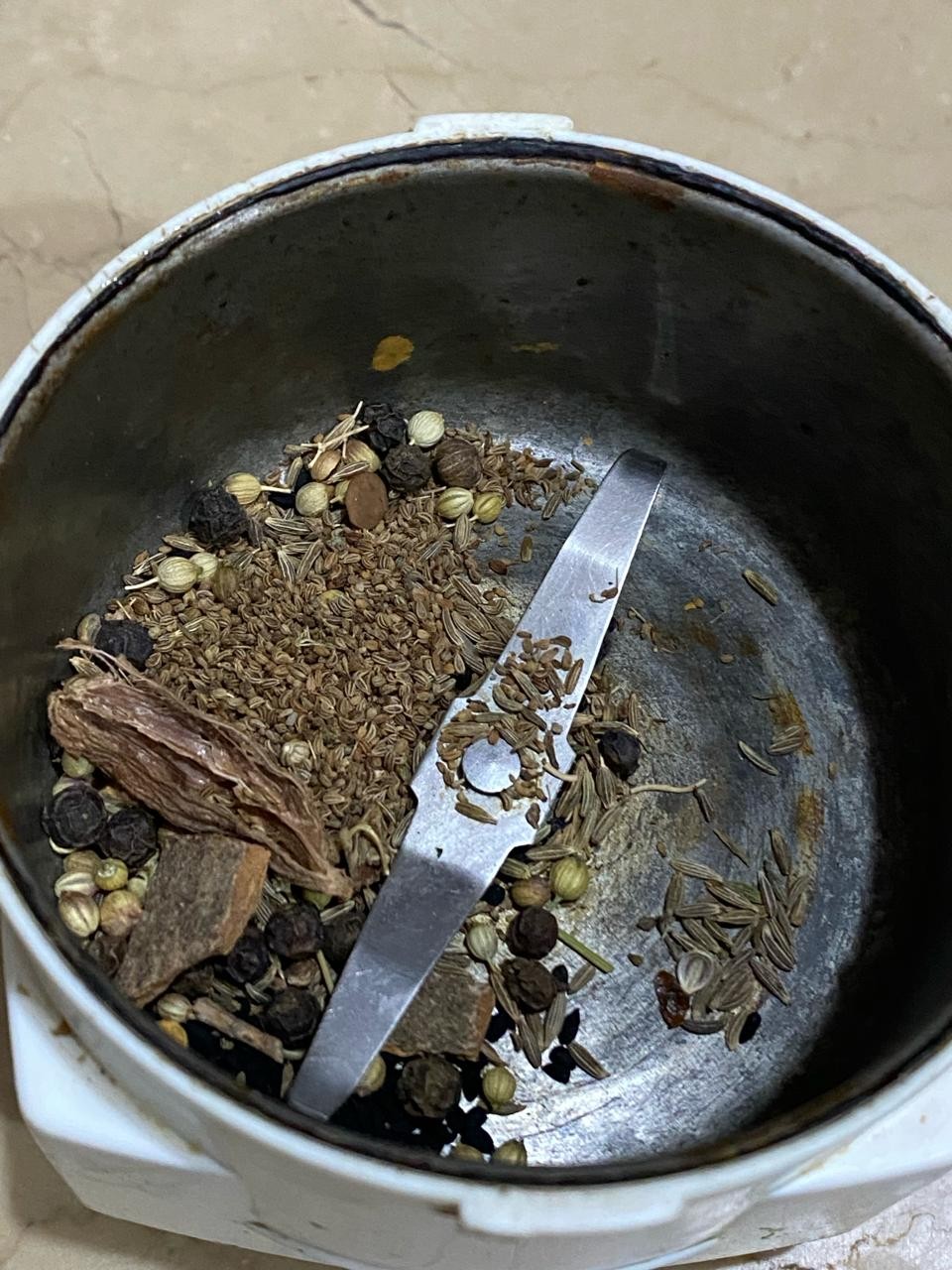
My mom has always been a proponent of homemade spice blends, and our recent preparation of a special masala for Hyderabadi-style Haleem was no exception. To create this unique blend, we combined the following ingredients.
* 1/2 tablespoon dry coriander* 1/3 tablespoon cumin seeds* 1/4 tablespoon black pepper powder* 1/8 tablespoon nigella seeds (also known as Kalonji)* 1/8 tablespoon carom seeds (ajwain)* A cinnamon stick, broken into smaller piecesWe then processed all of these spices in a food processor to create a smooth, uniform powder.
Let’s Prepare Our Recipe
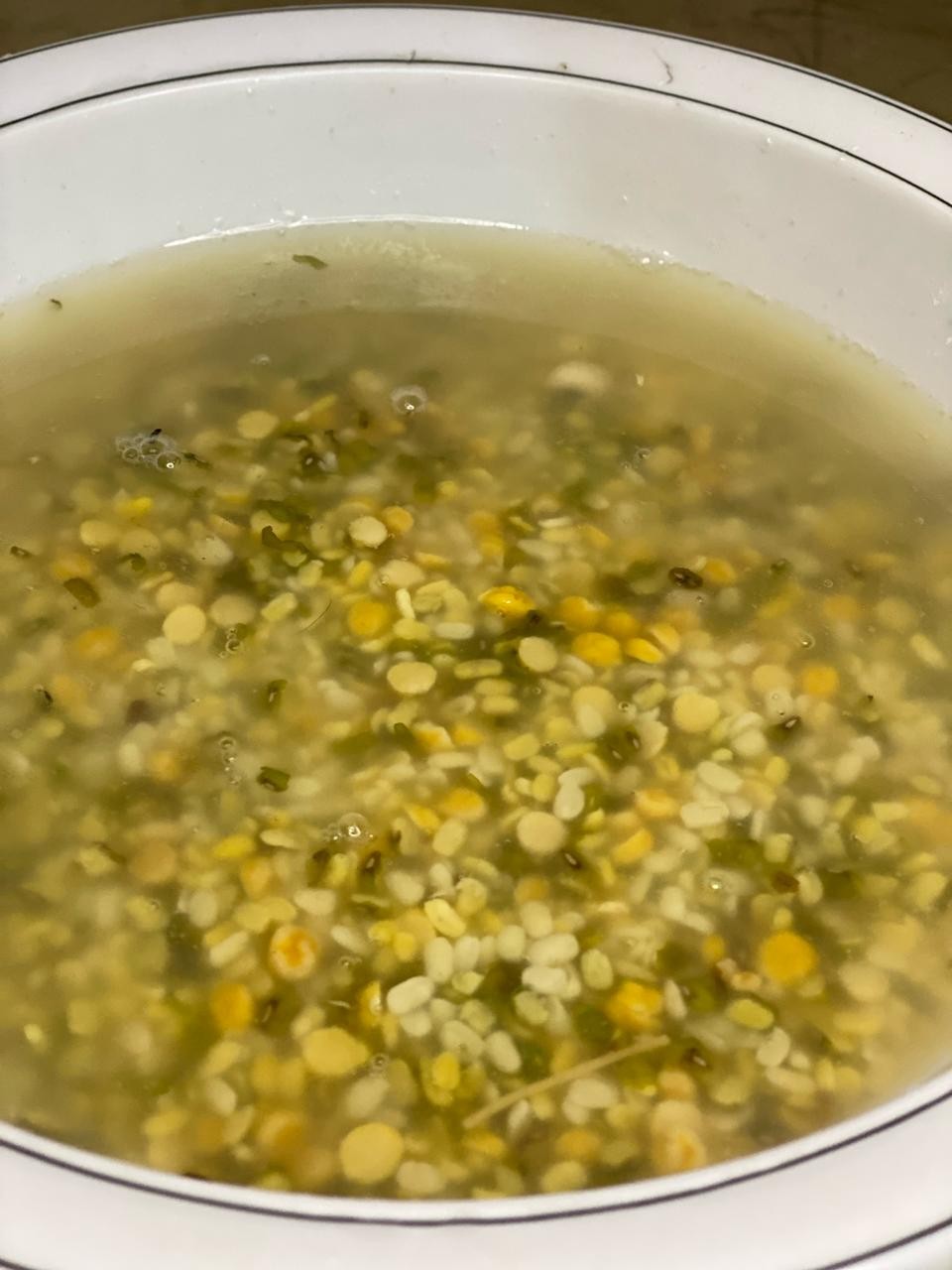
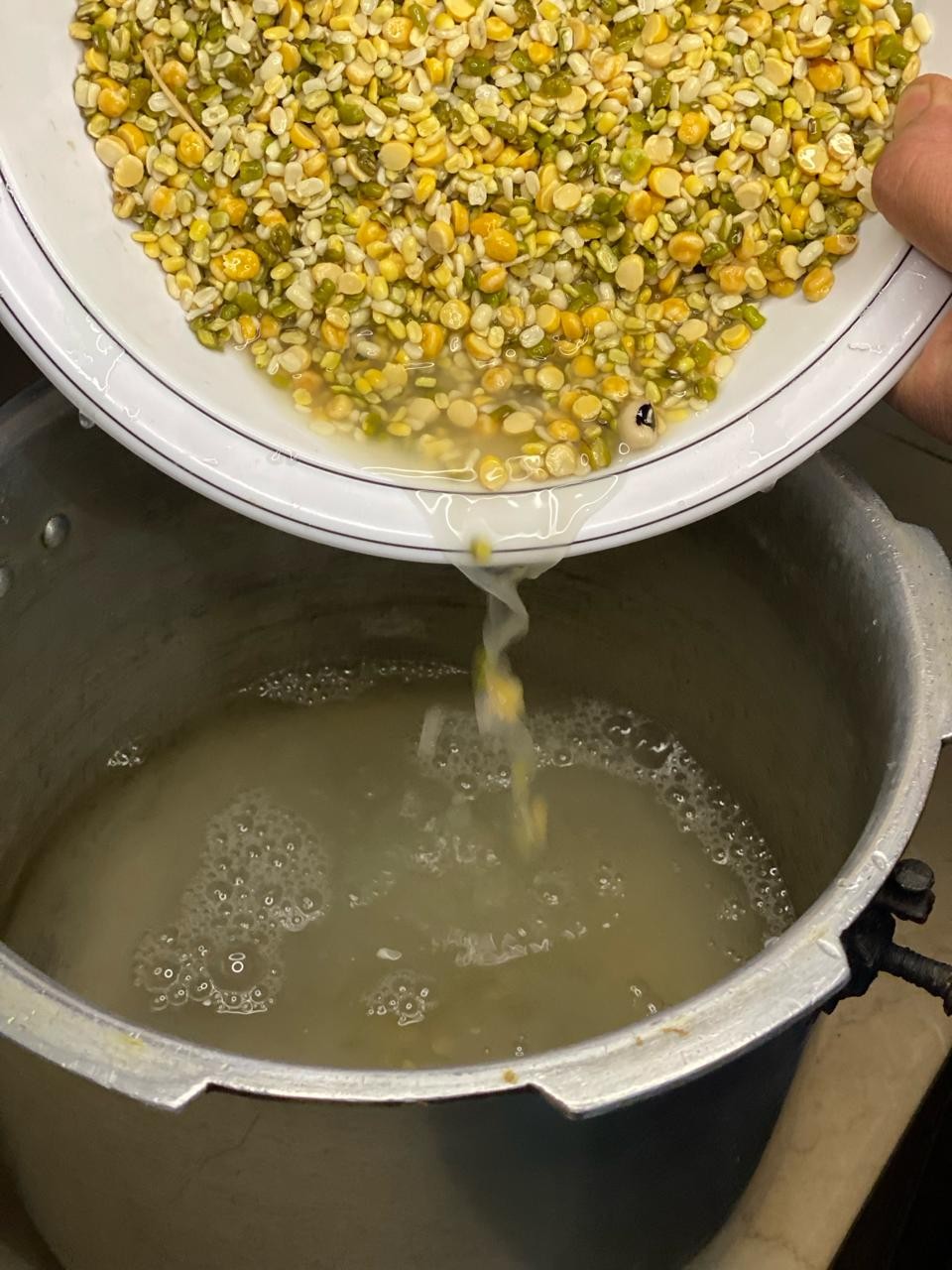
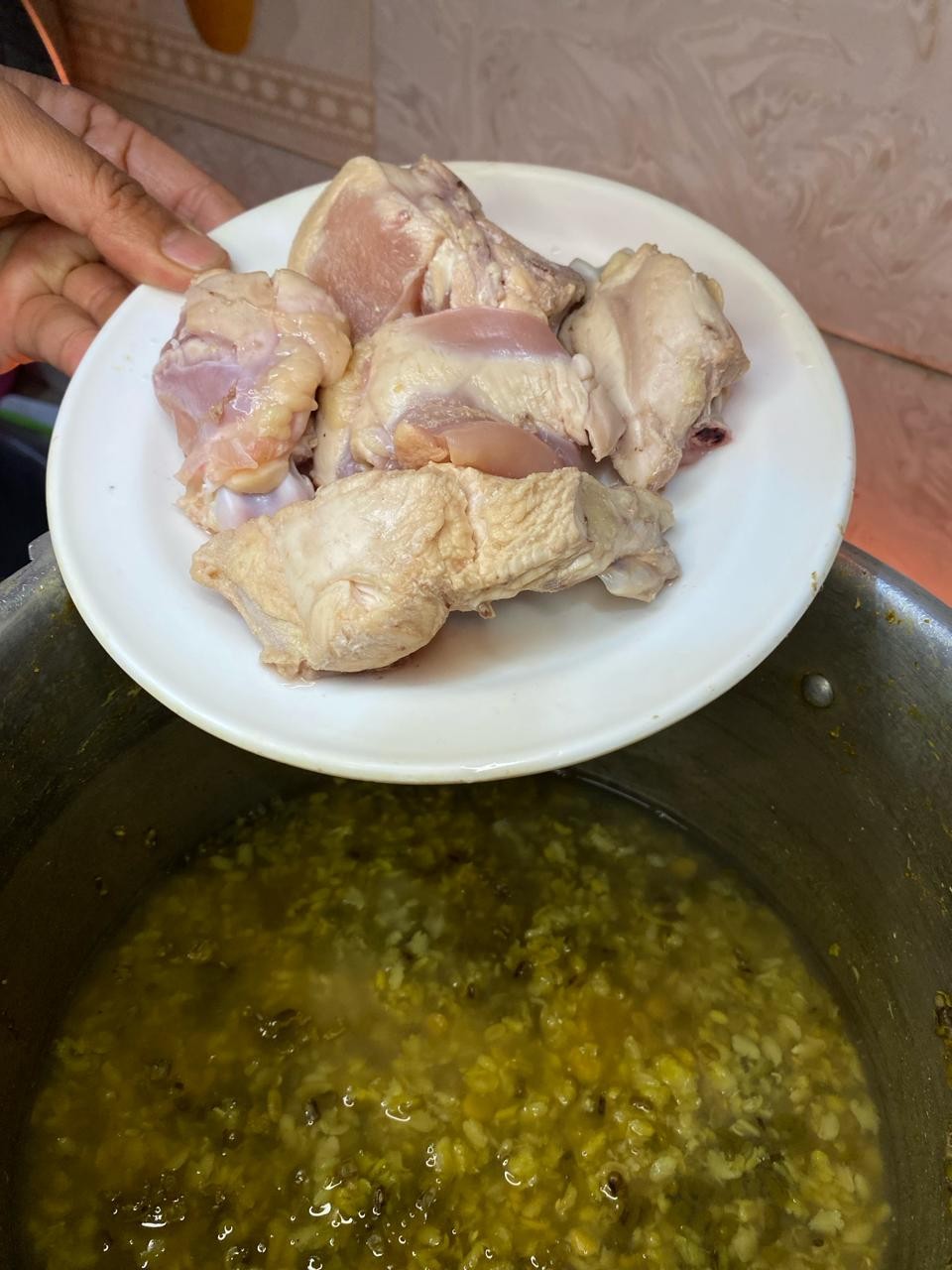
To begin preparing the lentil-based dish, I started by soaking the lentils in a mixing bowl for approximately thirty minutes. During this time, I also added short-grain rice to the bowl, allowing the grains to absorb some of the moisture and soften slightly. This initial step helps to kickstart the cooking process and ensures that the lentils cook evenly throughout the dish.
Once the soaking process was complete, I moved on to pressure cooking the lentils. In a separate pot, I heated the pressure cooker and added all the lentils along with four glasses of water. The combination was then subjected to ten minutes of high-pressure cooking, which helped to break down the fibers and tenderize the legumes.
Following the initial cooking phase, I added chicken to the mixture and continued to cook for an additional ten minutes. This allowed the flavors to meld together and the protein-rich meat to cook through.
Preparing Gravy:
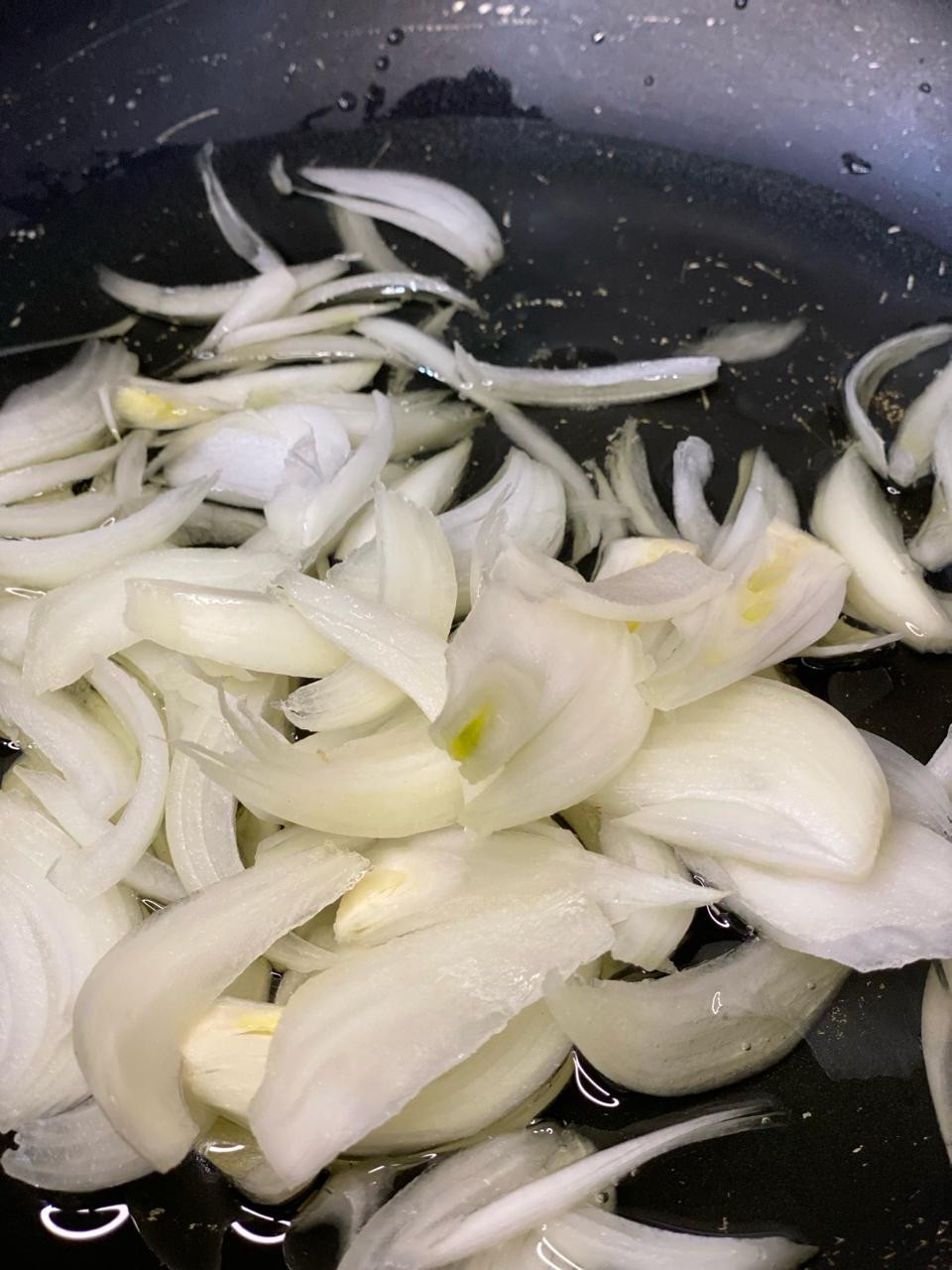
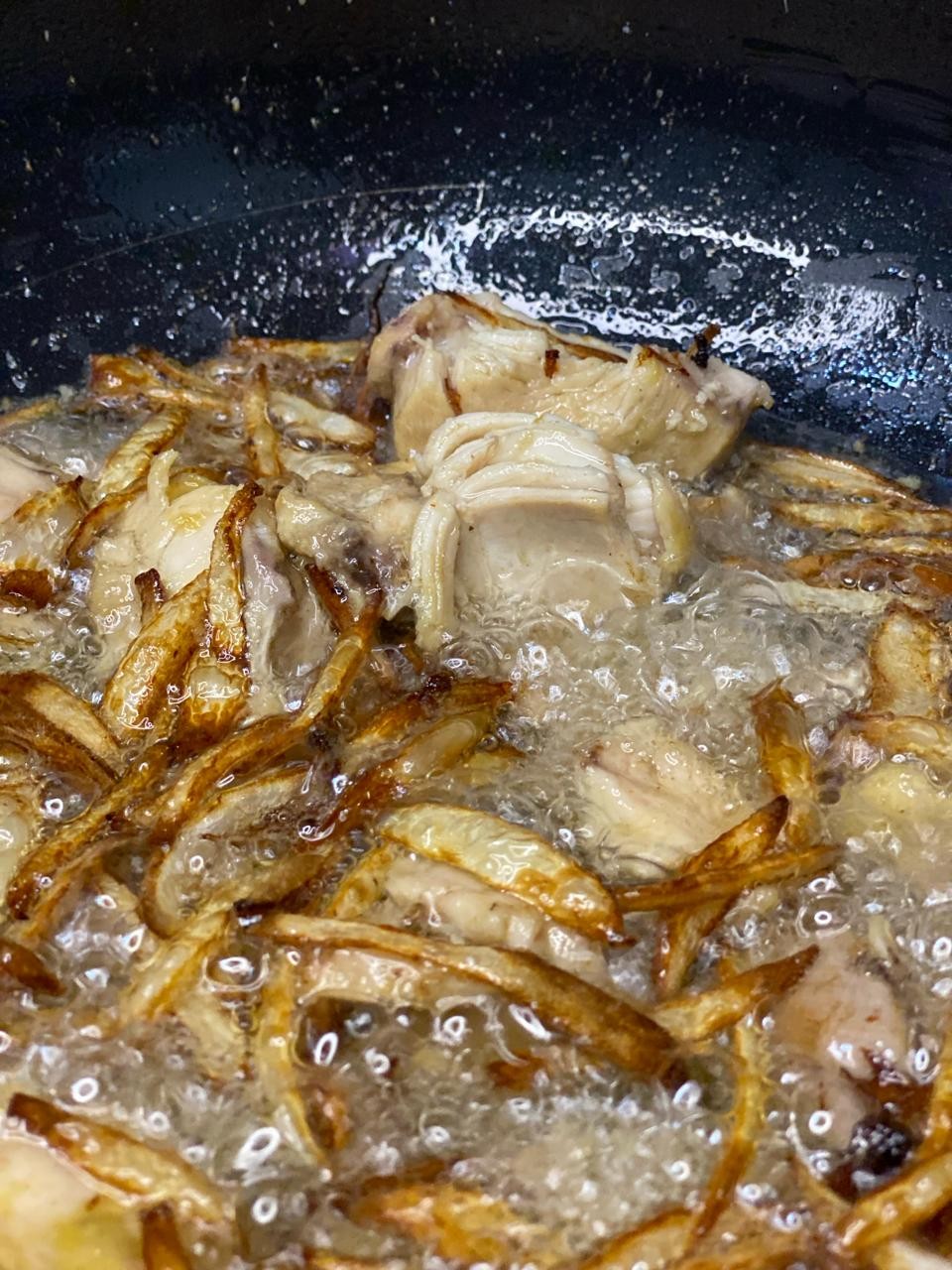
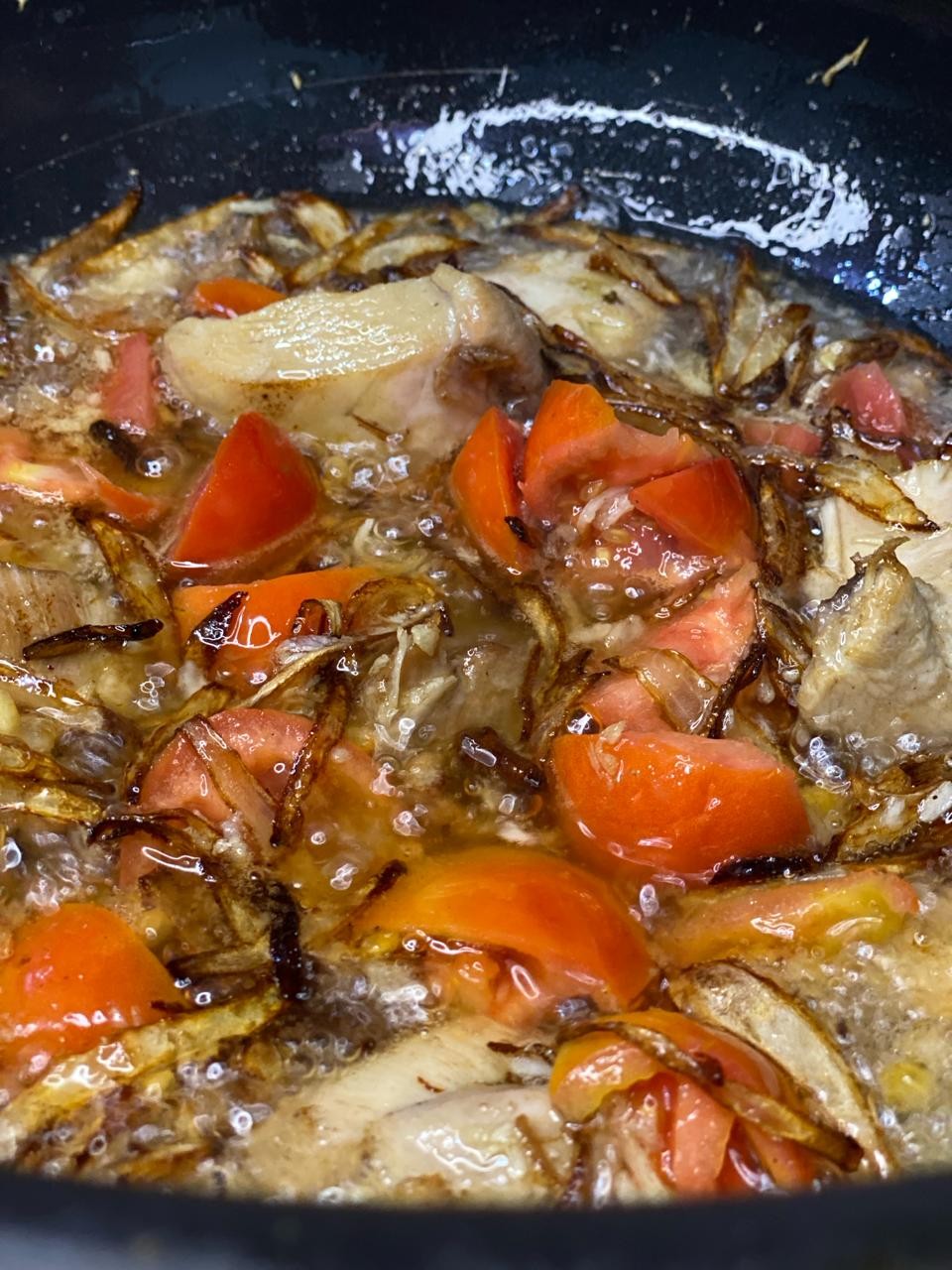
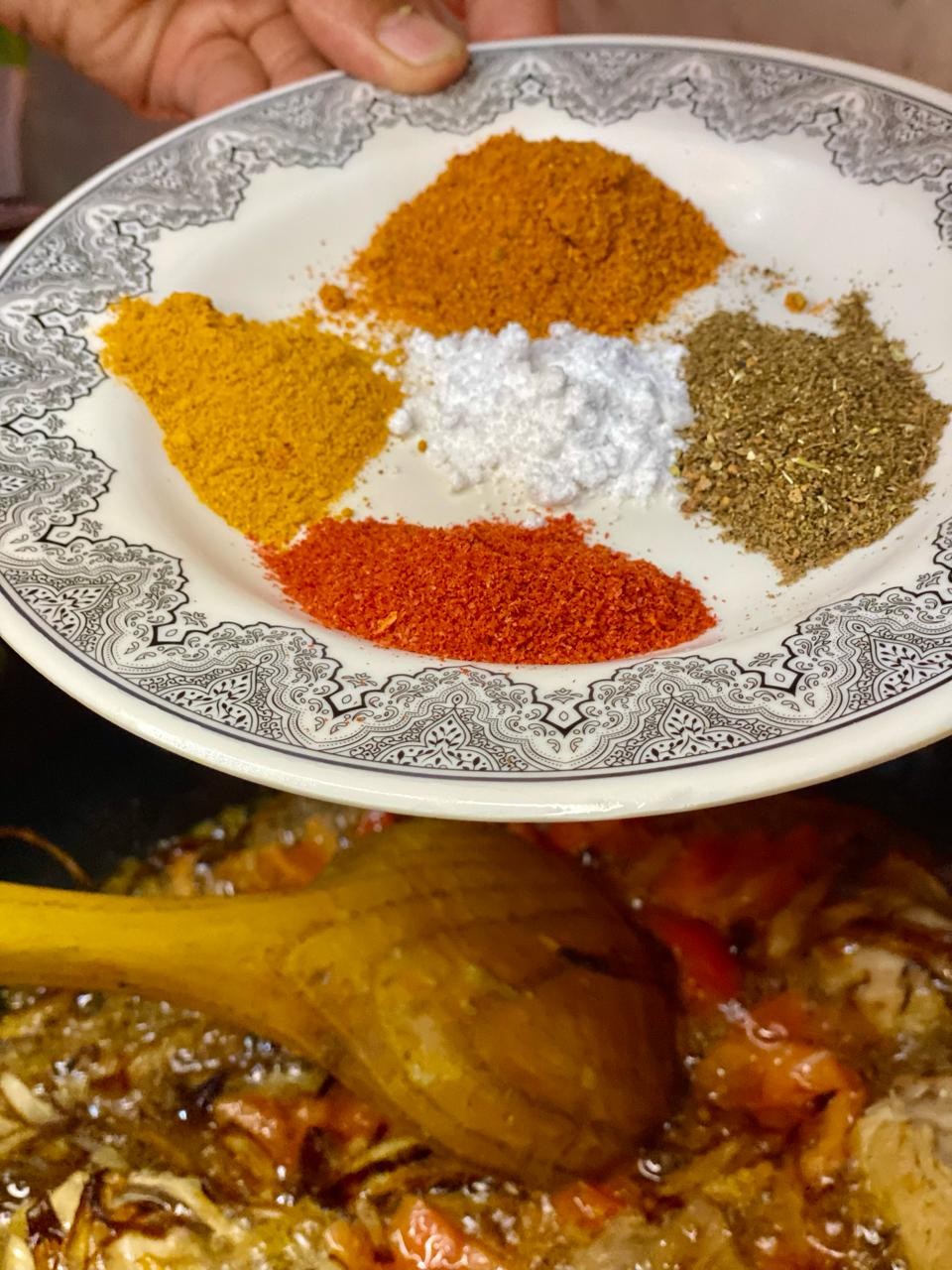
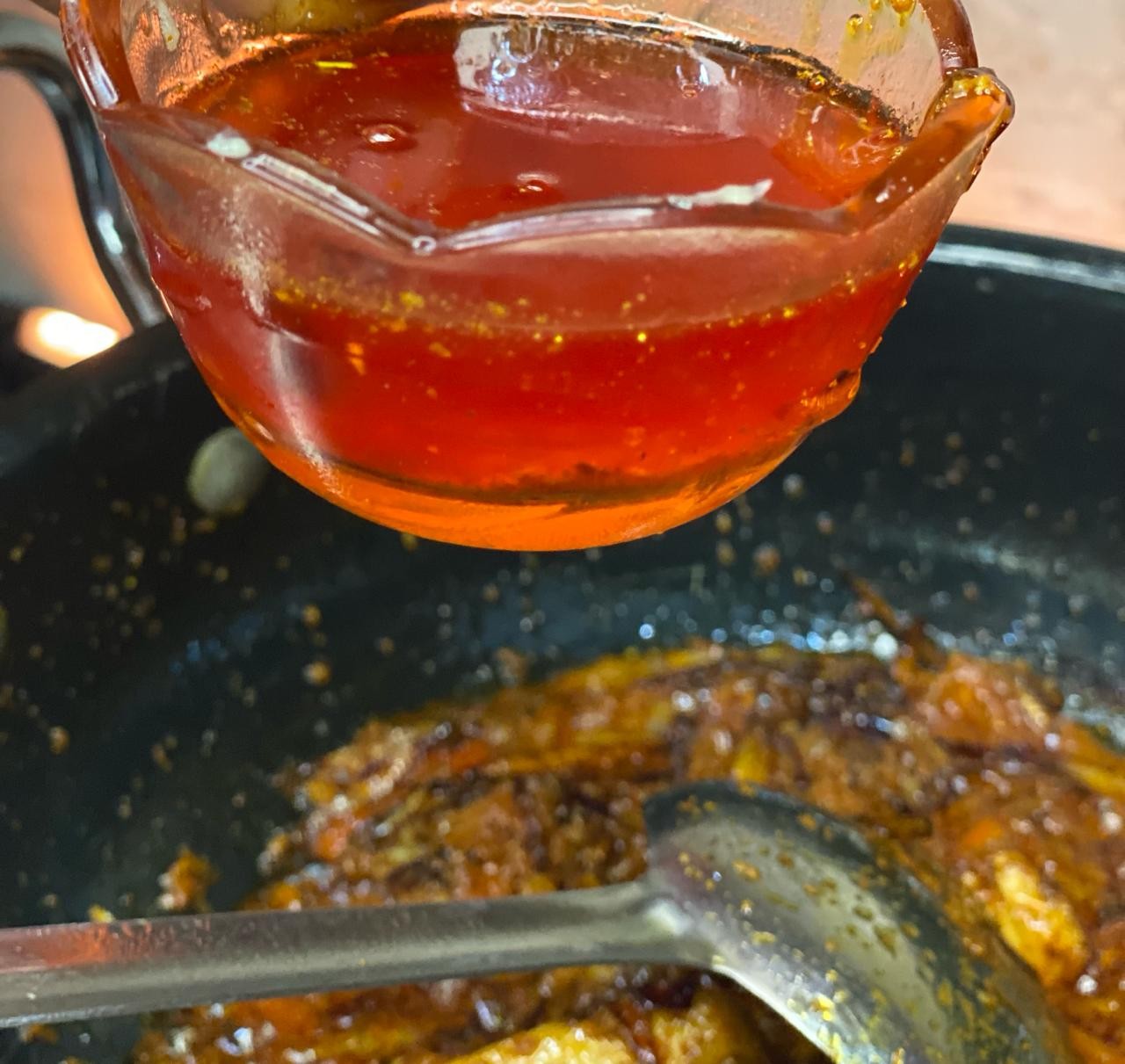

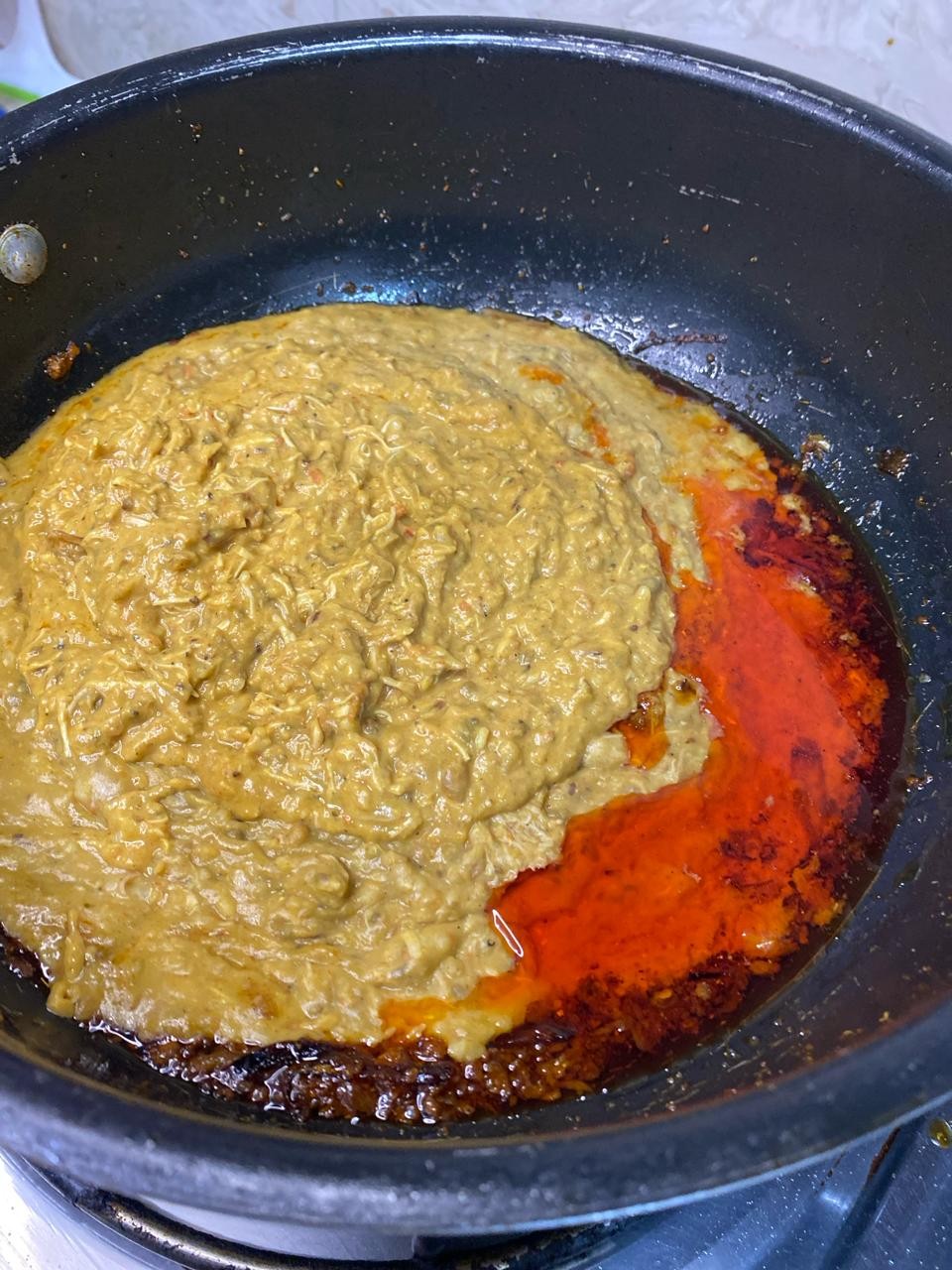
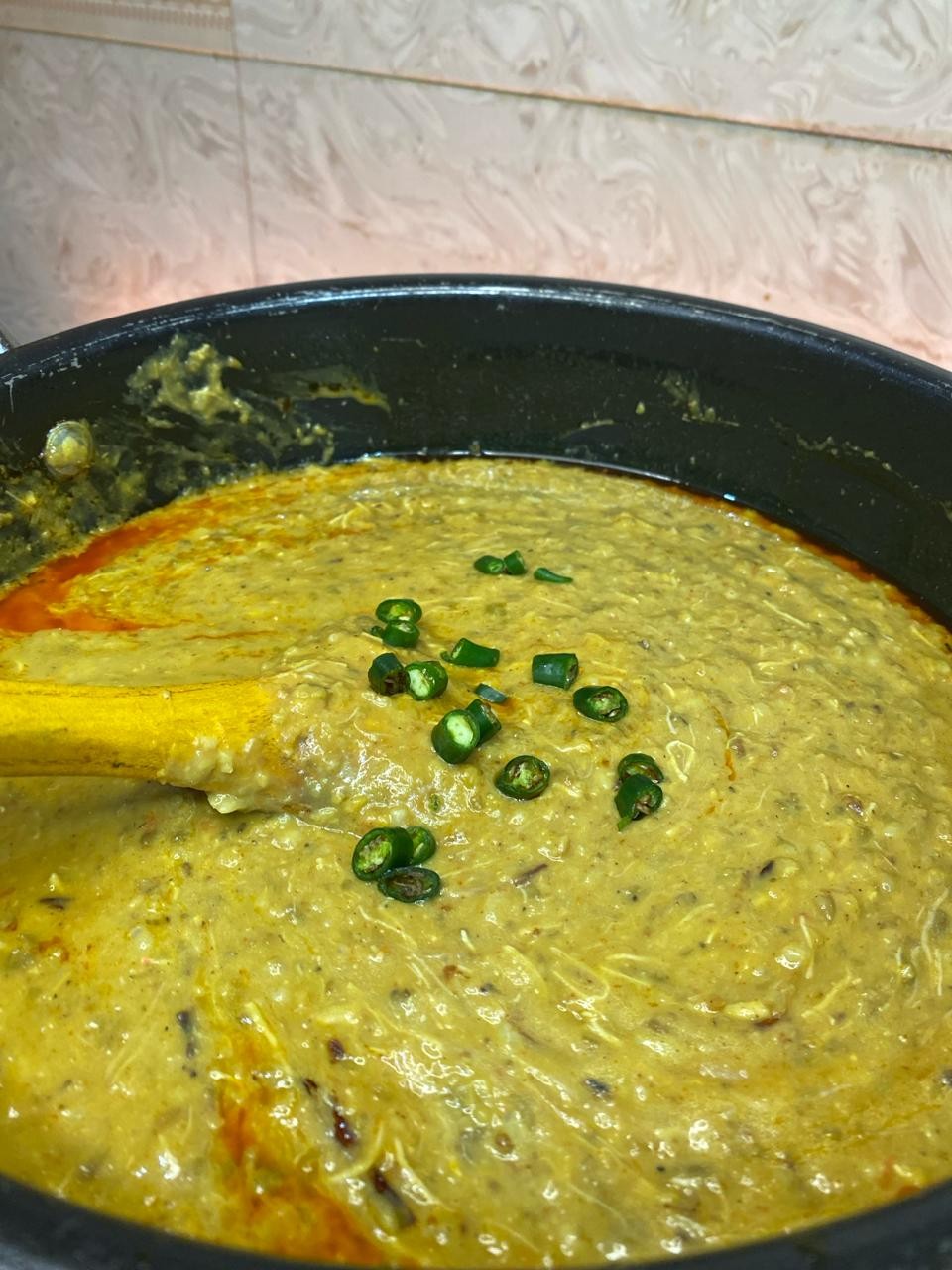
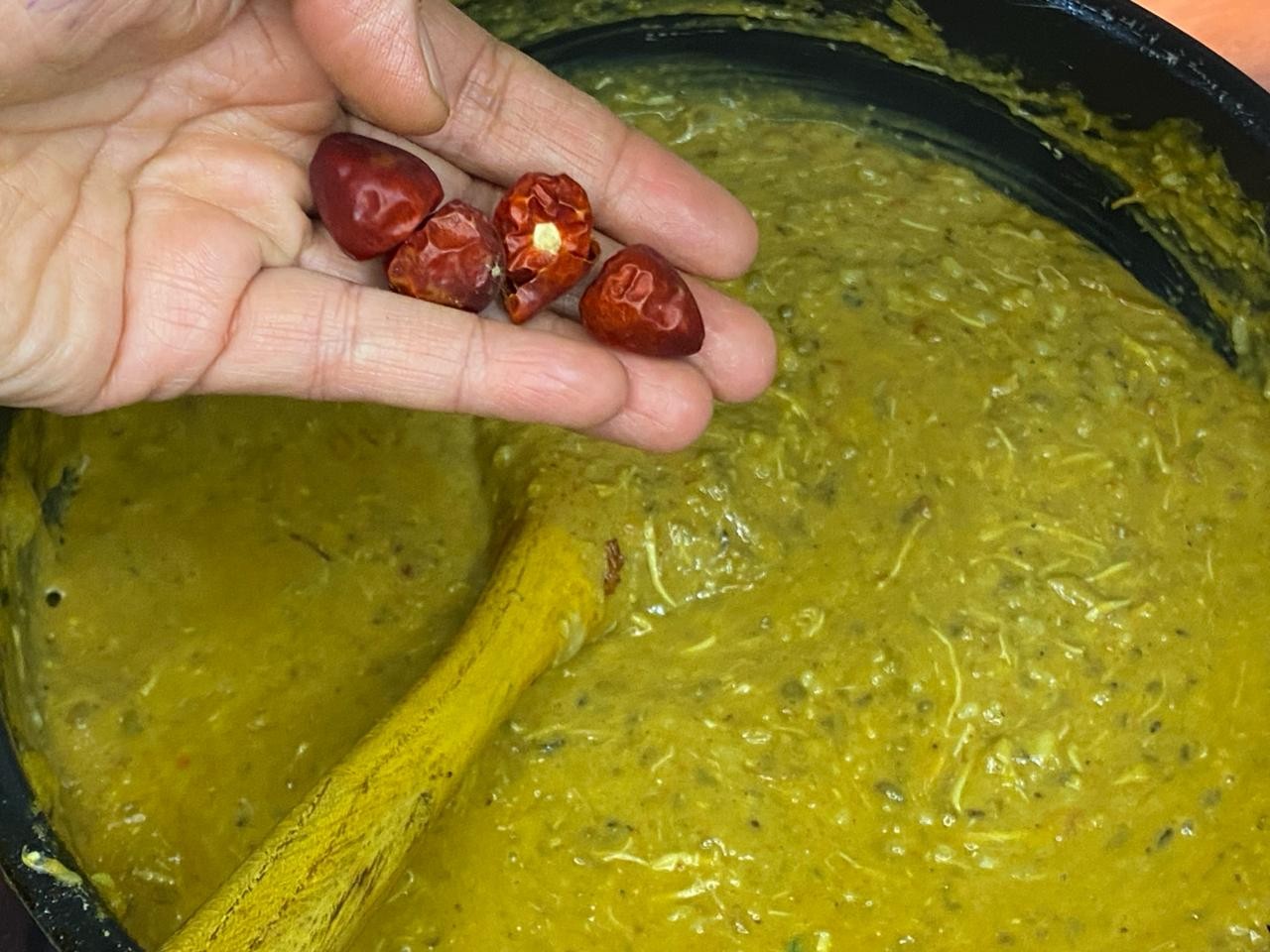
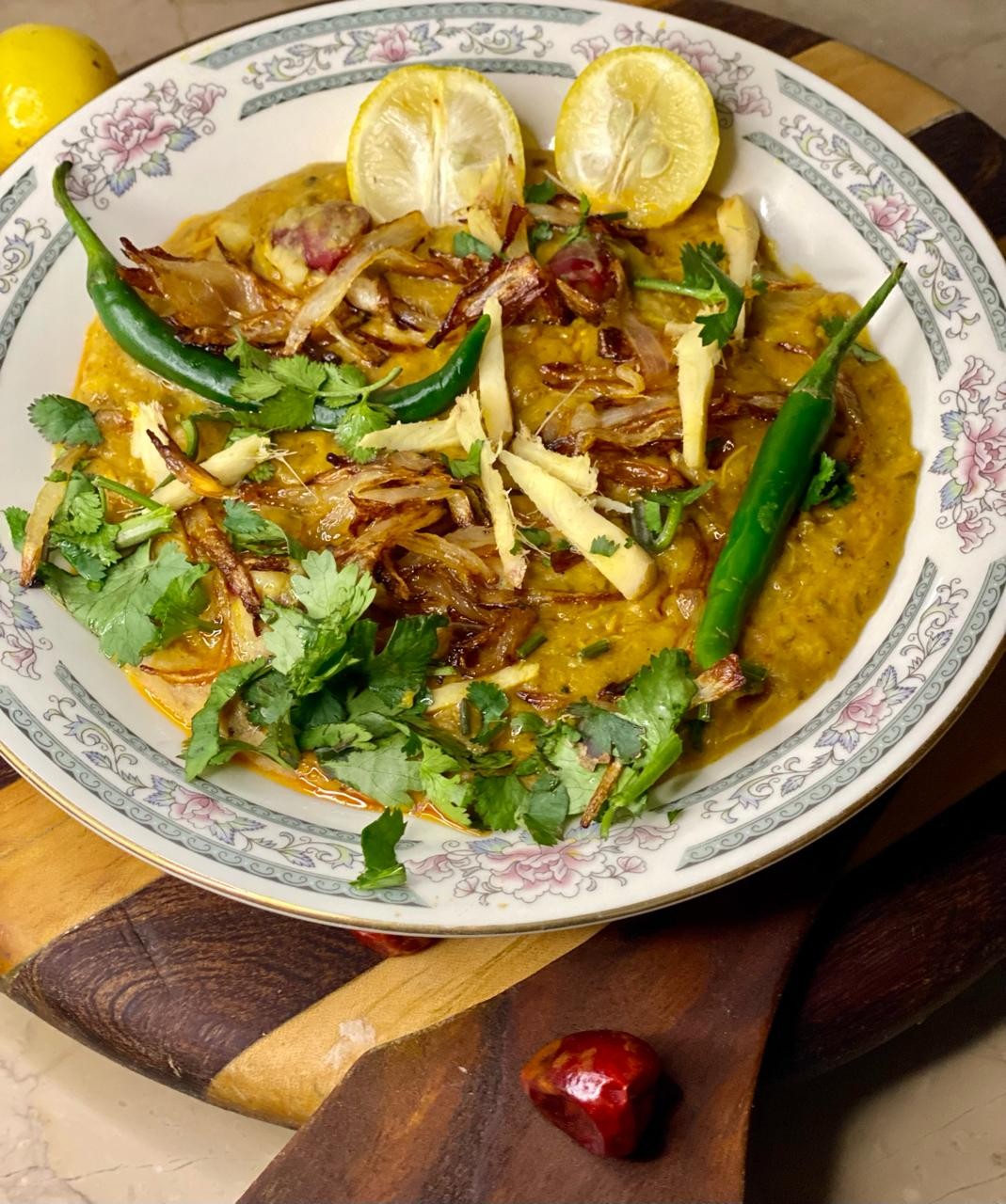
As you cook your Haleem recipe, begin by sautéing medium-sliced onions in a pan over high heat until they turn golden. Set aside a portion of the cooked onions to use as garnish later. Next, add boiled chicken to the pan and fry it for a minute before incorporating garlic, ginger paste, and tomatoes. Stir well and allow the mixture to simmer with the lid closed for another minute to break down the tomatoes.To intensify the flavors, combine all ground spices with a splash of water in the pan, stirring and simmering for 2 minutes. Then, turn off the heat and drain excess oil from the pan. This is just the start of the cooking process, as you’ll be blending and grinding various ingredients to create the final Haleem dish.Transfer the pan contents to a juicer jug or food processor, where they will be transformed into a smooth paste. You can also use an immersion blender in a mixing bowl if that’s what you prefer. If your food processor is powerful enough, feel free to blend both the gravy and lentils together. The resulting mixture will be the foundation of your Haleem.Next, heat the pan again and add the blended mixture. Gently stir the stew for 3 minutes over medium flame before reducing the heat to a simmer. Allow the mixture to bubble slightly before adding 3-4 dried red chilies and some green chilies. Continue to simmer the Haleem for an additional 4 minutes, monitoring its consistency until it reaches your desired level of tanginess.Finally, drizzle some reserved oil from earlier over the top of the Haleem, followed by a sprinkle of cilantro, a squeeze of lemon juice, and a few green chilies for garnish. Your Haleem is now ready to be served.
Nabeela Pro Tip
While I opt for oil instead of ghee in this recipe, it’s not just about personal preference – the oil plays a crucial role in maintaining the perfect balance of viscosity and consistency in the Haleem. The result is a dish that’s more umami and harmonious, with a depth of flavor that’s simply irresistible.To add an extra layer of complexity to the flavor profile, I like to incorporate a few key ingredients. For starters, adding Dandicuts (those lovely round red chilies) and green chilies gives the Haleem a tangy, spicy kick that really brings everything together. And let’s not forget the power of fresh lemon juice – a squeeze or two can elevate the dish to new heights.Of course, one of the key secrets to taking this recipe to the next level is incorporating rolled oats or barley porridge into the mix. Not only does it add a satisfying texture, but it also lends a rich, wheaty flavor that’s simply divine. And if you want to take things up another notch, try grinding daal masoor into the lentils for an extra creamy, indulgent twist.Now, I know some of you might be thinking about that signature oily layer that’s so often found on restaurant plates – you know, the one that adds a whole new level of flavor and aroma to the dish. To achieve this at home, simply drizzle some pickle oil over your Haleem and enjoy the magic.But what if you don’t have pickle oil on hand? Fear not – there are still plenty of ways to add a zesty touch to your dish. Simply heat up some oil in a pan, add those Dandicuts and green chilies, and then drizzle the infused oil over your Haleem. Trust me, it’s a game-changer.
FAQs
When it comes to preparing Haleem, you have the flexibility to choose various meats to suit your taste and preference. While traditional recipes often feature a combination of shredded beef and lentils, boneless chicken can also be used as a substitute, offering a juicier result compared to lamb or mutton. Beef is another option that can be employed if you prefer a richer flavor profile. In terms of storage, Haleem is freezer-friendly, allowing it to be refrigerated for up to a week before reheating on medium flame until it starts bubbling. To add an extra layer of flavor, I recommend adding a splash of oil during the reheating process. If you’re looking to scale up this recipe, simply double all the ingredients except for paprika chili, increasing its amount by one-third as it’s known for being quite potent and fiery. On the other hand, if you wish to speed up the cooking process, consider using chicken meat, which will not only save time but also result in a more tender final product. Furthermore, avoid incorporating split Chana Dal into your recipe, as it requires an additional 5 minutes of cooking time to decompose. While there may be no shortcuts to crafting this classic dish, these tips can help streamline the process and yield a more satisfying outcome.
What To Serve With Haleem?
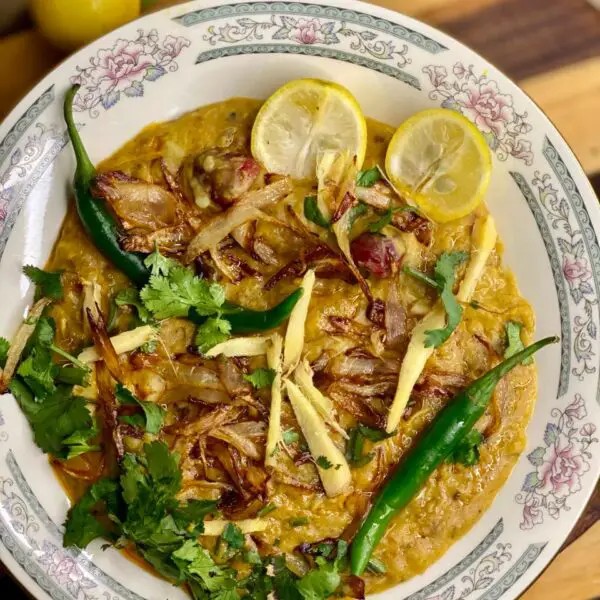
While Pakistanis often pair Haleem with naan bread, my experience in the UK revealed a surprising preference for enjoying this dish with spoons instead. In fact, my aunt still teases me about my habit of eating Haleem with naans, which I’ve grown accustomed to. Haleem is a satisfying meal on its own, but if you crave an extra burst of flavor, consider adding a tangy mint chutney for added zest.
Haleem Recipe
Haleem, also known as Daleem, is a flavorful and nutritious dish that combines lentils with a unique texture, tantalizing taste, and an inviting aroma. This traditional Indian and Pakistani recipe is similar to Nihari in terms of its substantial nature, often served with roti or chapati. With its rich nutritional profile and comforting consistency, Haleem has become a staple meal for many households.
Instructions
To begin with lentils and rice, soak them in a mixing bowl for 30 minutes. Combine these ingredients with 4 glasses of water in a pressure cooker and pressure cook for 5 minutes on medium flame. Next, add chicken to the pot and cook for an additional 10 minutes. In a separate pan, heat some oil and sauté sliced onions until they turn golden. Reserve a small amount of this oil for later use. Then, add boiled chicken to the pan, followed by garlic-ginger paste and tomatoes. Stir gently to combine and cover the pan for a minute to allow the tomatoes to soften. Subsequently, introduce ground spices with a splash of water and simmer for 2 minutes. Remove excess oil from the Gravy as it will be transferred to a food processor later. Transfer the Gravy to the blender along with the chicken and blend all the ingredients together. For the lentils, either use an immersion blender or a food processor to blend them. In a pan, reheat the mixture of blended lentils and Gravy, and stir gently for 3 minutes on medium flame. Add the reserved oil and once it starts bubbling, add 3-4 Dandicuts and green chilies. Simmer for an additional 4 minutes on low heat. Finally, garnish with golden onions, lemon juice, cilantro, and green chilies using the reserved oil as a topping.

